In 2018, a simple audio clip managed to divide the entire internet. The debate was simple yet fierce: did the voice say “yanny” or “laurel?” This viral phenomenon originated from a vocabulary exercise on Reddit and quickly became a global conversation. It wasn’t just a silly argument; it was a fascinating, real-world example of how our brains and ears interpret sound, revealing that what you hear might be completely different from the person next to you.
The Viral Sensation that Divided the Internet
What started as a simple post on a social media platform quickly snowballed into a worldwide debate. The audio clip was shared millions of times, with users passionately defending what they heard.
The discussion wasn’t limited to comment sections. Hashtags like #YannyVsLaurel trended for days on Twitter, Instagram, and Facebook. Celebrities, influencers, and even politicians weighed in, sharing their own interpretations and further amplifying the clip’s reach. This massive engagement turned a curious soundbite into a defining cultural moment of 2018, showcasing the incredible power of social media to create a shared, global experience from something seemingly small.
This wasn’t just a fleeting trend. News outlets from all over the world picked up the story, inviting audiologists and psychologists to explain the science behind the phenomenon. The debate became a fun, accessible way for people to learn about auditory perception and the complexities of the human brain.
The Science of Hearing Yanny or Laurel
So, what is the scientific reason for the great divide? The answer lies in sound frequencies. The original audio clip is what’s known as an ambiguous acoustic stimulus, meaning it contains sound waves for both words layered on top of each other.
The word “laurel” is carried in the lower sound frequencies, while the sound for “yanny” exists in the higher frequencies. Therefore, what you hear depends entirely on which frequencies your brain chooses to focus on or is capable of perceiving. It’s a perfect storm of acoustics that created this auditory puzzle.
You can even test this yourself. If you play the clip and increase the bass or lower frequencies, you are much more likely to hear “laurel.” Conversely, if you boost the treble or higher frequencies, “yanny” becomes much clearer. The device you use to listen also plays a huge role, as different headphones and speakers emphasize different frequency ranges.
How Your Brain and Age Affect what You Hear
Beyond the physics of the sound itself, your personal biology and psychology play a critical role. Your brain isn’t just a passive receiver of sound; it actively interprets signals based on your past experiences, expectations, and even your age.
Age is one of the biggest factors in the yanny or laurel debate. As people get older, they often experience some degree of high-frequency hearing loss, a condition known as presbycusis. This means older listeners are less able to perceive the high frequencies where “yanny” resides, making them much more likely to hear the lower-frequency “laurel.” Younger people, with their generally more sensitive hearing, were more likely to pick up on the higher-frequency “yanny.”
Your brain’s interpretation is also influenced by other psychological factors.
- Expectation: If someone tells you you’re going to hear “yanny,” your brain might be primed to listen for those specific phonetic sounds.
- Language Background: The language you speak and the sounds you are familiar with can shape how your brain decodes ambiguous audio.
- Cognitive Focus: Simply concentrating on listening for one word over the other can sometimes change what you perceive.
This highlights that hearing is not just a mechanical process but a deeply personal and subjective experience.
Was it Just an Auditory Illusion?
The yanny versus laurel phenomenon is a classic example of an auditory illusion, where the same stimulus can be perceived in different ways. It’s not the first time something like this has captured public attention. These events reveal how easily our senses can be tricked and how our brains work to make sense of a confusing world.
These illusions show that our perception of reality is not always a direct reflection of the world around us. Instead, our brains construct our reality based on sensory input and prior knowledge.
| Phenomenon | Year | The Debate |
|---|---|---|
| The Dress | 2015 | A picture of a dress that some saw as blue and black, while others saw it as white and gold. This was a visual illusion based on how the brain perceives color under different lighting conditions. |
| Yanny vs. Laurel | 2018 | An audio clip where listeners were split between hearing two different words. This was an auditory illusion based on sensitivity to different sound frequencies. |
The Lasting Cultural Impact of the Debate
More than just a scientific curiosity, the yanny or laurel debate left a mark on internet culture. It became a source of endless memes, jokes, and online community-building. For a brief period, it felt like everyone online was part of the same conversation, trying to solve the same puzzle.
The event served as a powerful reminder that people can experience the exact same thing in vastly different ways. It became a metaphor for subjective experience and the importance of perspective. Brands and advertisers jumped on the trend, incorporating the debate into their marketing campaigns, solidifying its place as a memorable viral moment. Ultimately, it was a lighthearted way for people to connect and discuss the fascinating quirks of human perception.
Frequently Asked Questions about Yanny or Laurel
Why did some people hear Yanny and others Laurel?
People heard different words because the audio clip contained both high and low frequencies. “Yanny” was present in the higher frequencies, while “laurel” was in the lower ones. What you heard depended on your age, hearing ability, and the audio device you used.
So, what was the word actually being said in the recording?
The original audio was a recording of the word “laurel” from Vocabulary.com. However, the recording quality and the mix of frequencies created the ambiguity that allowed people to also hear “yanny.”
Can you train your brain to hear the other word?
Yes, many people found they could switch between hearing “yanny” and “laurel.” You can often achieve this by using an equalizer to adjust the bass (low frequencies) and treble (high frequencies) of the audio clip.
Does the device you listen on make a difference?
Absolutely. High-quality headphones might make it easier to distinguish the different frequencies, while laptop speakers or phone speakers might emphasize one frequency range over another, leading you to hear only one of the words.
Is Yanny or Laurel a recognized type of auditory illusion?
Yes, it is considered an auditory illusion based on an ambiguous stimulus. It is similar to visual illusions like the Rubin’s Vase, where you can see either a vase or two faces, but your brain has difficulty seeing both at the same time.

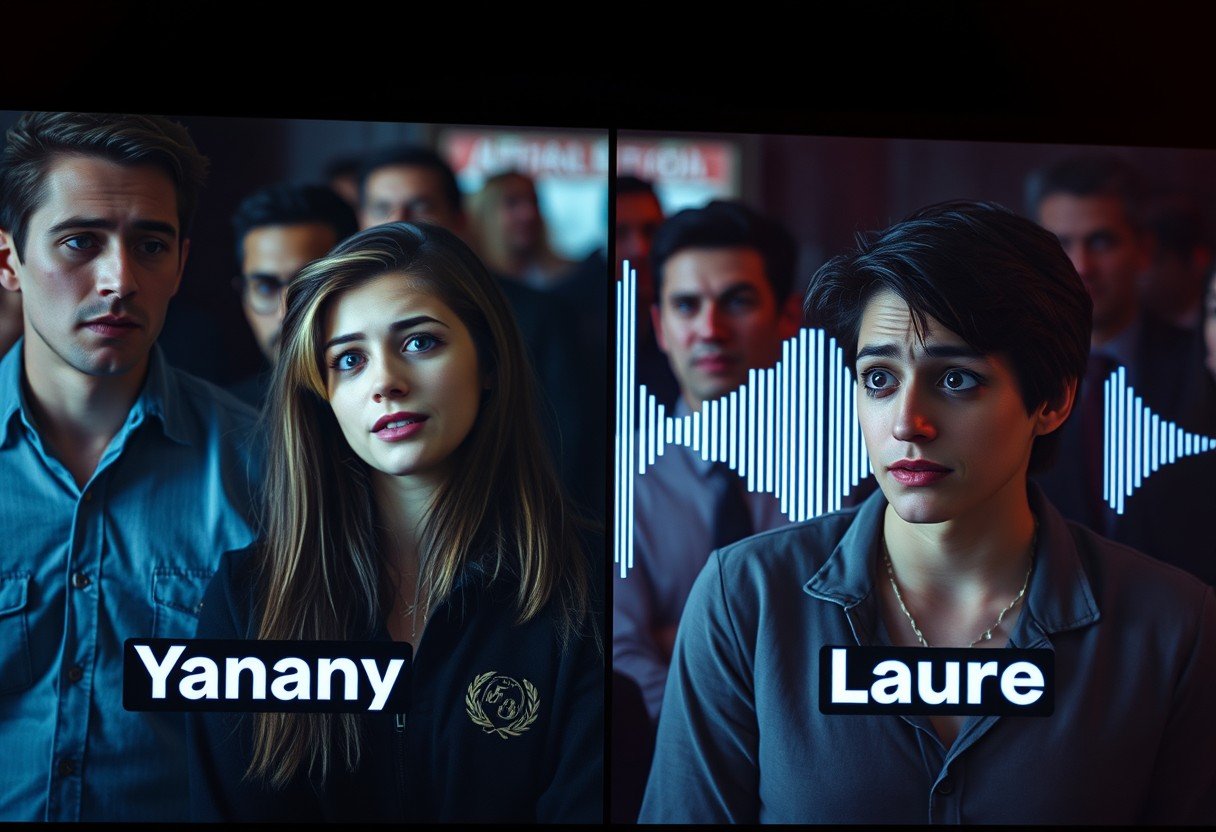
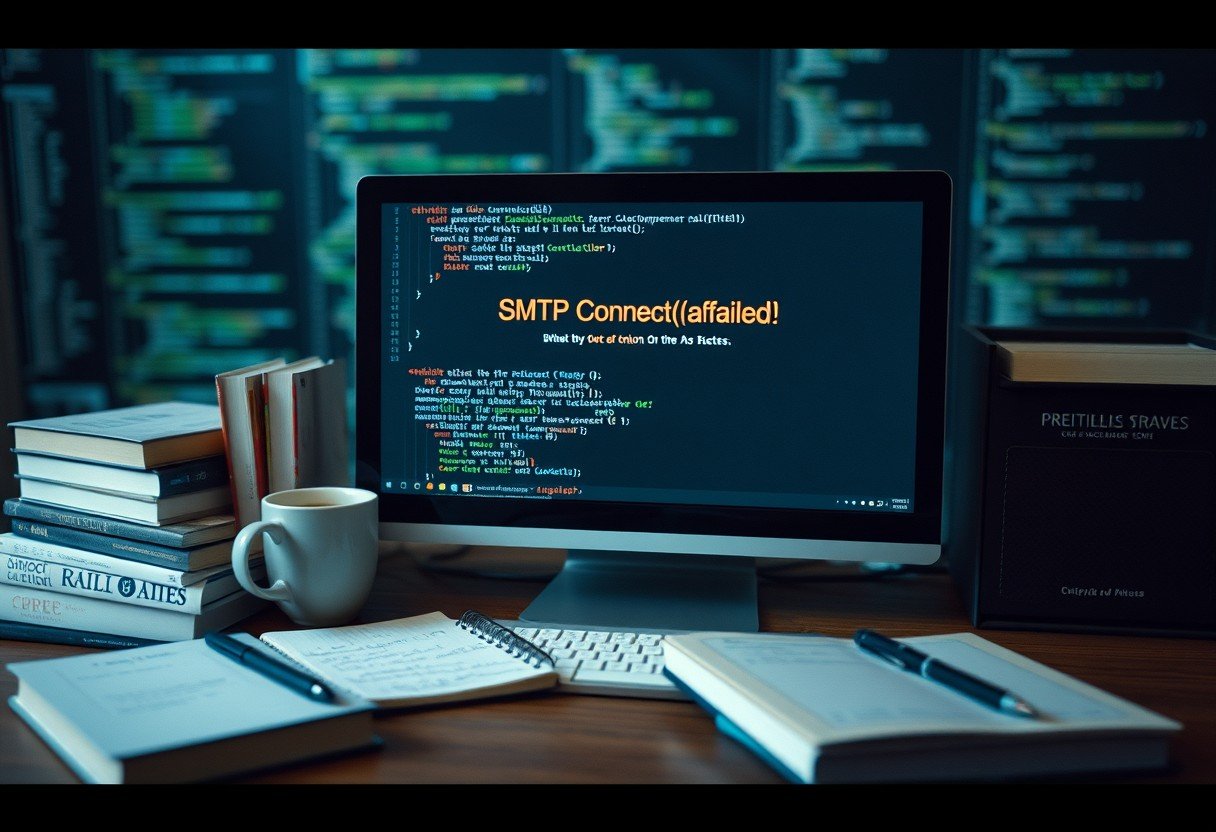

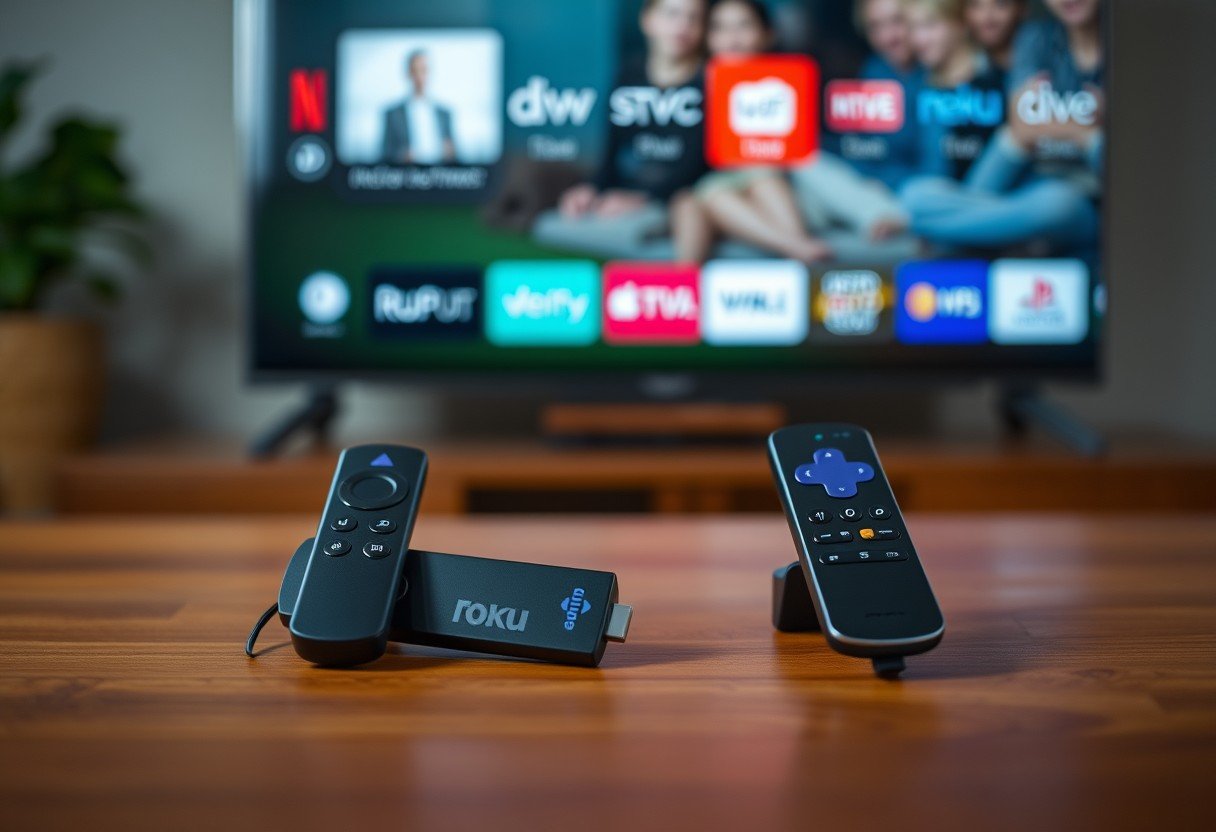
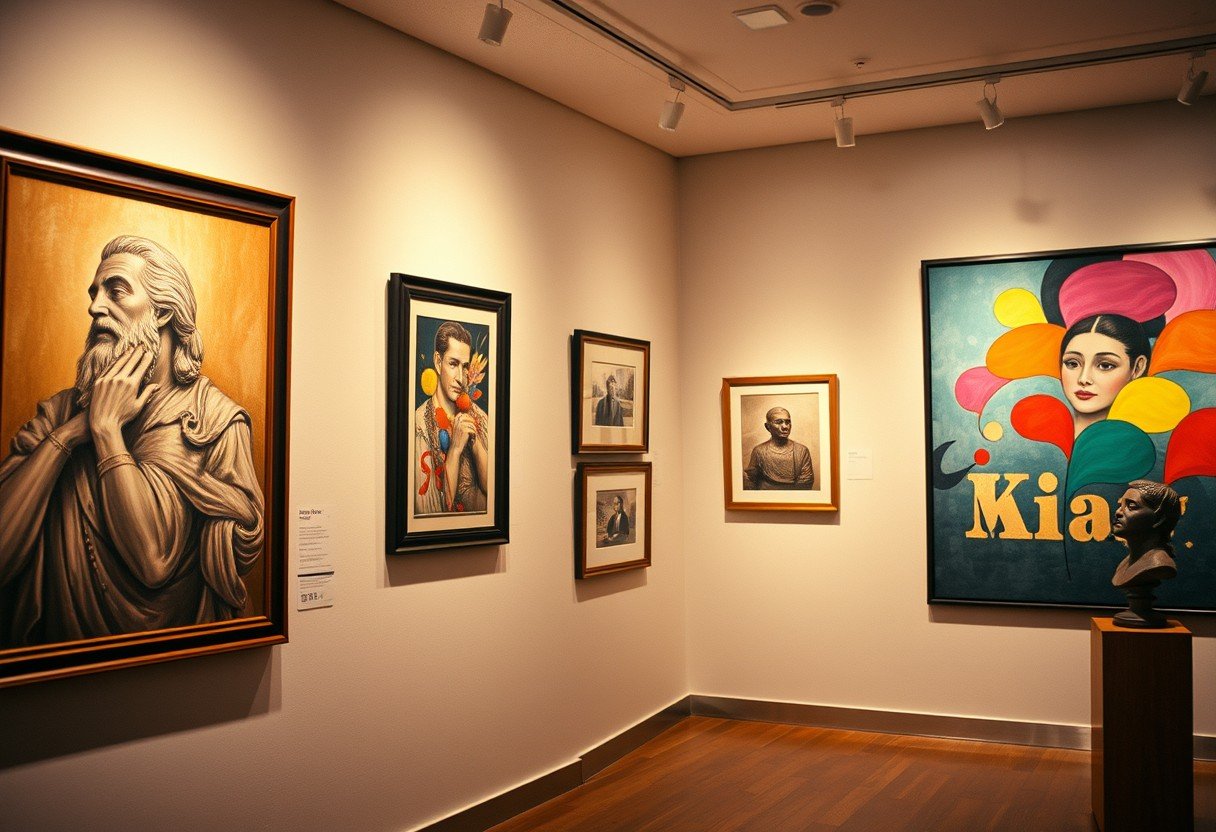
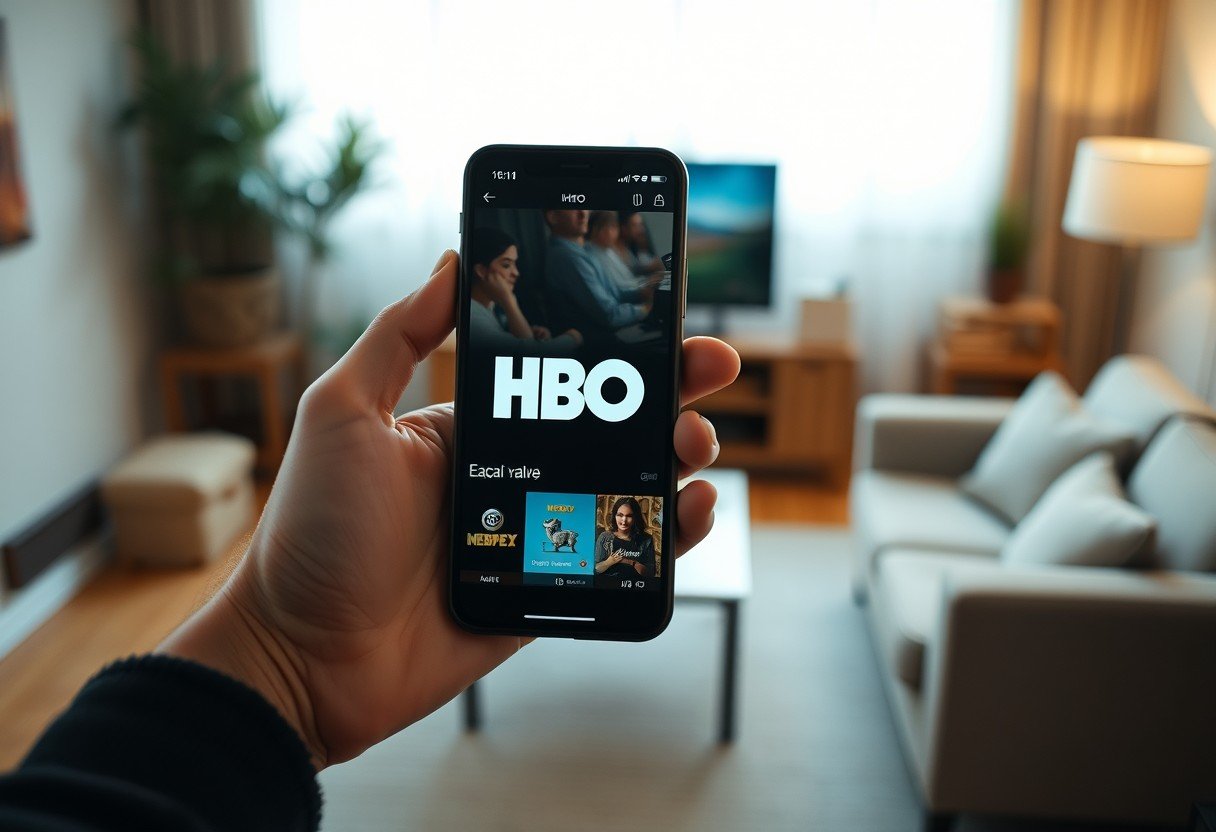
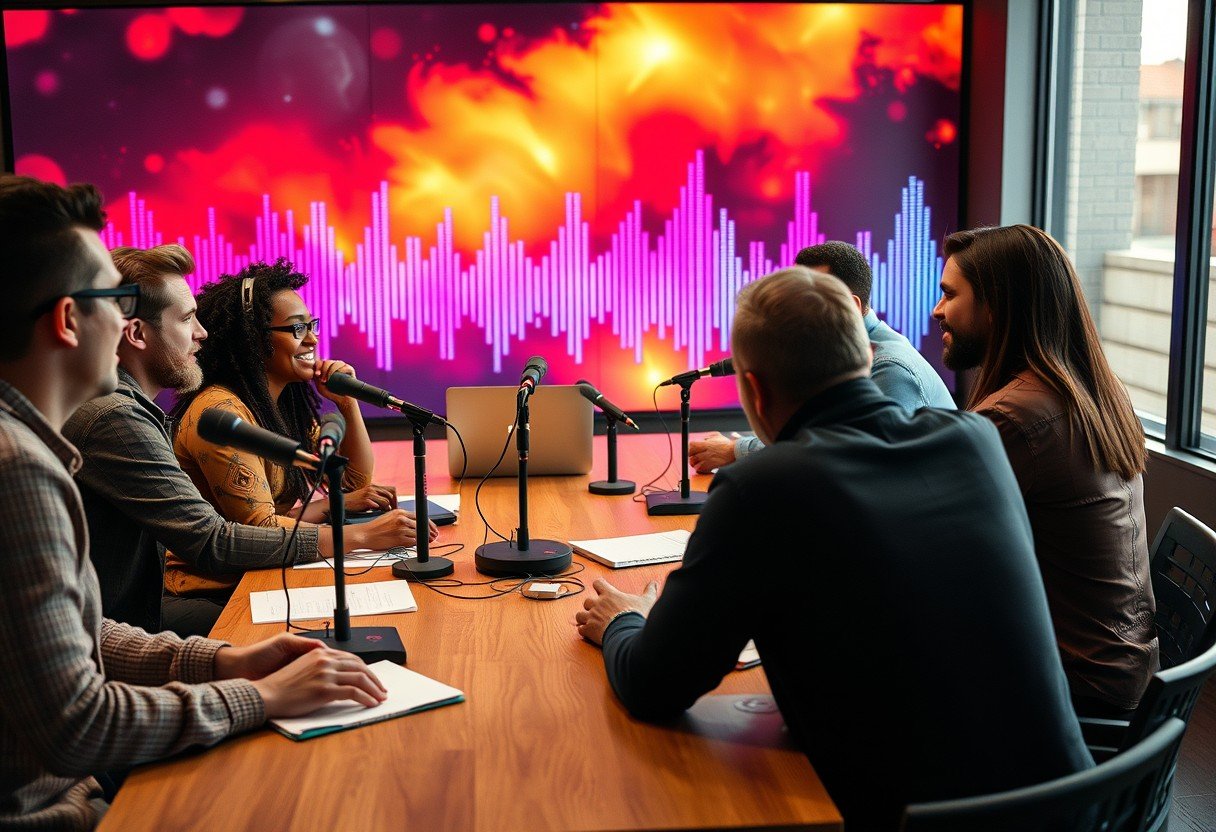
Leave a Comment